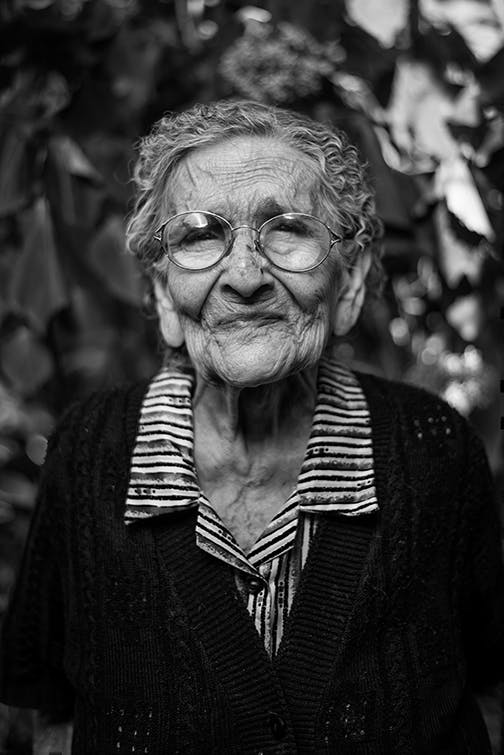
What is a granny camera, and who would need it? Where should it be installed and why? In this article, we will answer all of your questions related to granny cams.
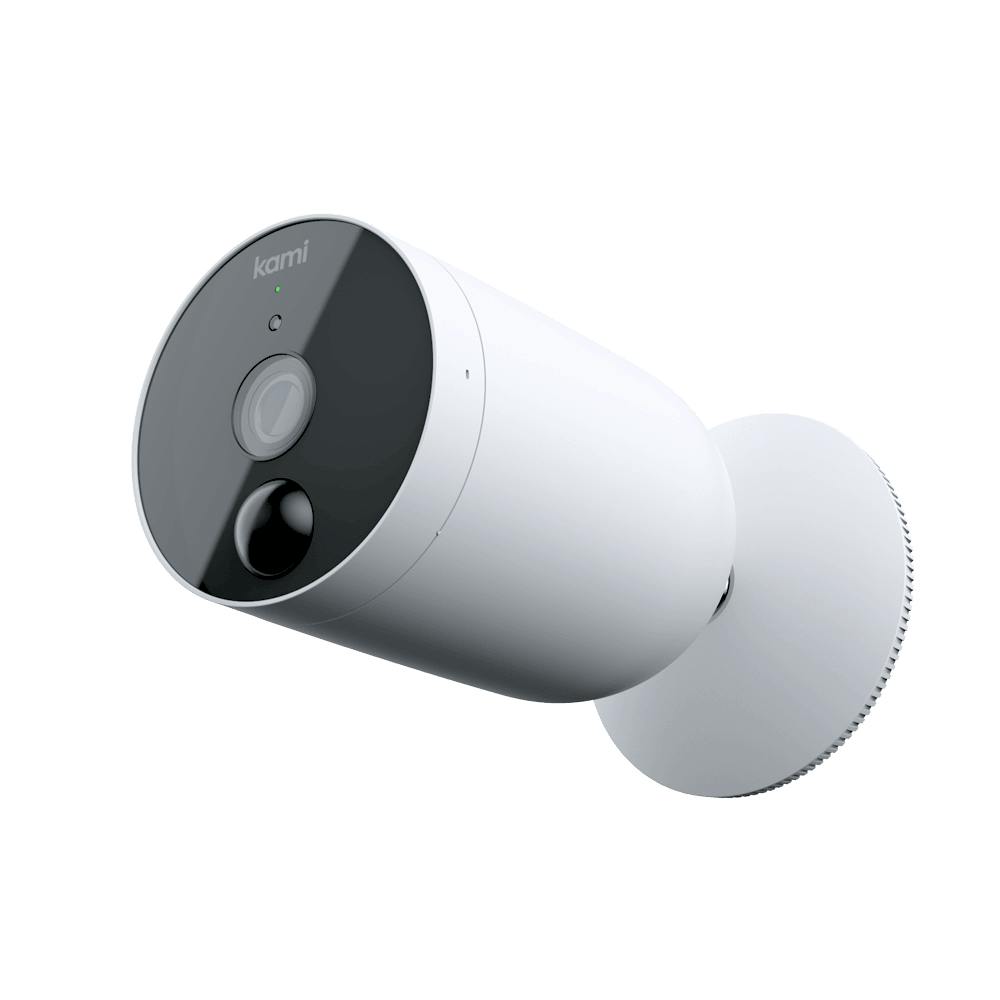
What is a Granny Cam?
Answer: A granny cam is used to record caregivers’ behavior and actions to prevent nursing home abuse towards the elderly.
A granny cam is a camera installed in nursing homes, elderly homes, or retirement communities meant to monitor an elderly adult. Typically, these cameras are installed by the older individual’s family members to provide better care and protection for their loved grandparent. Granny cams can be camcorders, security cameras, or video recorders and are often installed in a discrete, but not hidden, area of the person’s room.
Some nursing facilities have laws against granny cams, arguing that the cameras are unethical and intrusive. However, many families can get permission to install a granny camera as long as they receive written permission from the nursing facility.
Why Would You Want a Granny Cam?
Answer: Concerned families of elders in nursing homes should install granny cameras if they feel like their loved ones are being abused but lack proof.
The elders in our society should be respected and treated with absolute patience and kindness, especially when they are treated in a nursing home or similar facility. Sadly, many individuals in nursing homes don’t get the care or love they deserve.
According to statistics from nursing homes, one in ten elders is abused each year. Over 5,000,000 older adults living in nursing homes have reported some type of abuse from the nurses and care providers meant to protect them. The type of abuse reported is often physical abuse, and elders will have bruises and cuts where caretakers have hit or slapped them. Additionally, only one in 14 cases of nursing home abuse are reported to the authorities, meaning that many abuse instances will go unnoticed and unmentioned every year.
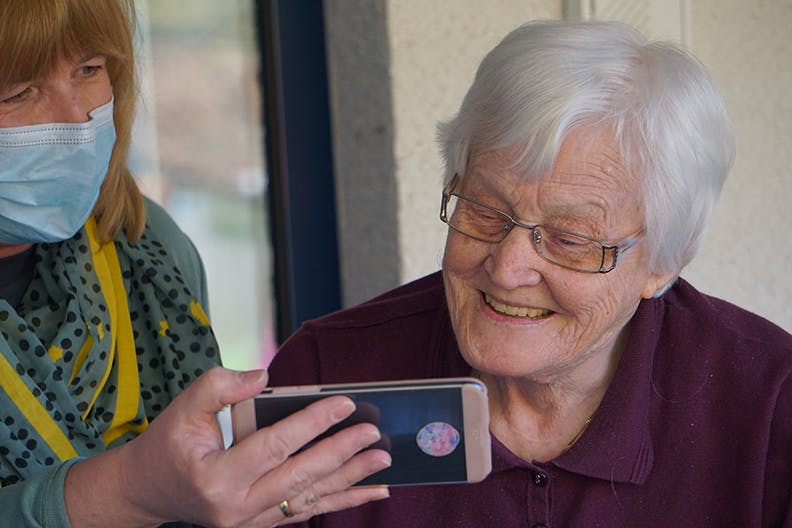
A different study, titled New York State Elder Abuse Prevalence Study, found that only one in 25 cases of elderly abuse is reported every year. Currently, reports say that 24 percent of elderly persons are abused in nursing homes. However, because many instances go unreported, the actual numbers could be much higher.
Abuse doesn’t only happen in nursing homes. Elderly abuse can also happen in the elderly person’s home from their nurse and caregivers who have been hired to care for the older adult. In cases where the victim’s family is far away, cases of abuse will go unnoticed, unless the older adult speaks up and tells someone of the abuse.
The loving family members of these elderly persons are horrified when they learn of the abuse that happens in nursing homes. They want the best and safest care for their older family members. As an attempt to keep loved ones safe, family members will install granny cams in the rooms of the elderly individual. Granny cameras are used to protect the person living under the care of another.
Granny cameras are meant to protect the elder by providing a watchful eye of the care of the nurse or caregiver. If the caregiver begins to abuse the elder, the camera will have caught the action, and the family can prosecute the individual for abuse. Granny cams are similar to nanny cams, in which the camera is meant to watch over the care provided. The camera is not meant to spy on the individuals in the room. Granny cams are a harmless way to provide better care and protection to those who need it most.
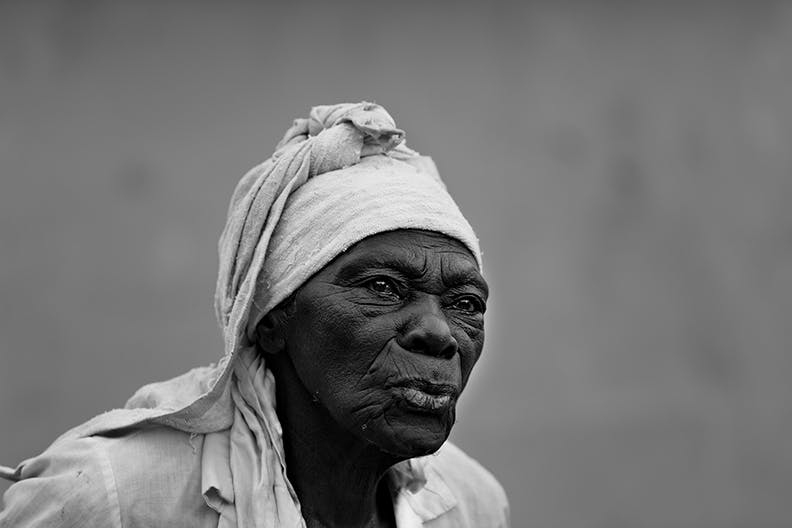
Why Are Granny Cams Controversial?
Answer: Granny cams can invade the privacy of others living in the nursing home, but could also protect those in the nursing home from abuse.
Granny cameras aren’t used in every nursing home and are disliked by many care providers. In fact, only nine states have required nursing homes to allow the installation of a nanny cam in their facility. In 2016, Illinois lawmakers passed a law stating that it is illegal for a nursing home facility to stop the installation of a camera meant to watch over a specific individual. The camera must be placed in the person’s room and can only be used to monitor the specific elder. The nursing home is not required to provide any of the equipment or cover any of the installation costs.
Because nanny cams have the purpose of protecting loved ones, many wonder why nursing homes would want to forbid the placement of the camera. Some nursing homes state that the placement of the camera could make workers feel uncomfortable. Or some believe that the cameras could be used for the wrong purpose, catching private conversations between visitors and the family member.
The main concerns around placing a nanny cam revolve around the issue of privacy. Nursing homes are worried that a camera’s placement in a person’s room could disrupt the privacy of the roommate or nurses who are called to work inside the room. Others worry about the privacy of the elder who the camera is meant to protect. A survey was taken in 15 Texas nursing homes that surveyed 250 different nursing home residents. The survey found that eight percent of nursing home residents found a way to enjoy sexual intercourse while living in the nursing home. The intercourse was between consenting adults and typically happened in one of the rooms. Would installing a granny cam invade this privacy? Most likely.
The installation of a granny cam shouldn’t happen on a whim. Instead, family members should closely monitor the care of the elder and monitor for signs of abuse before attempting to install the granny cam. The family members should also have honest conversations with the elder, asking if the elder has ever felt uncomfortable or harmed while living in the nursing home. If the elder is unable to communicate, the family should act on what feels right.
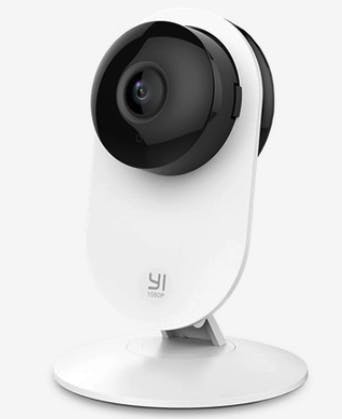
Who Should Install a Granny Cam?
Answer: Those concerned about the safety and well-being of an elder can install a granny cam.
Not every elder needs to be monitored by a granny cam. However, since the rate of abuse in nursing homes is high, it’s possible that your loved one may be harmed while living in a nursing home or while receiving care from a caregiver. While living in a nursing home, an elder may experience several types of abuse, including physical abuse, emotional abuse, or neglect.
Signs of physical abuse towards an elder, according to the Nursing Home Abuse Center, include:
- Unexplained broken bones, dislocations, or sprains
- Unexplained bruises, welts, or cuts
- Failure to take the proper dosage of medications
- Unexplained bruising or marks on the elder’s wrists
- Broken eyeglasses or broken medical equipment
- Caregiver’s refusal to let loved ones be alone with the elder
Signs of emotional abuse towards an elder include:
- Unusual behavior such as mumbling, rocking back and forth, or sucking one’s thumb
- Witnessing belittling or controlling behavior from the caregiver
- Signs of severe depression or anxiety around the caregiver
Signs of neglect towards an elder include:
- Unsafe living conditions such as the lack of heating, cooling, or electricity
- Being poorly dressed for the weather (wearing heavy jackets in the summer or no coat in the winter)
- Signs that the elder is not being bathed or cleaned regularly
- Living in soiled clothes or bed sheets
- The presence of excessive bedsores
- Losing too much weight or being dehydrated
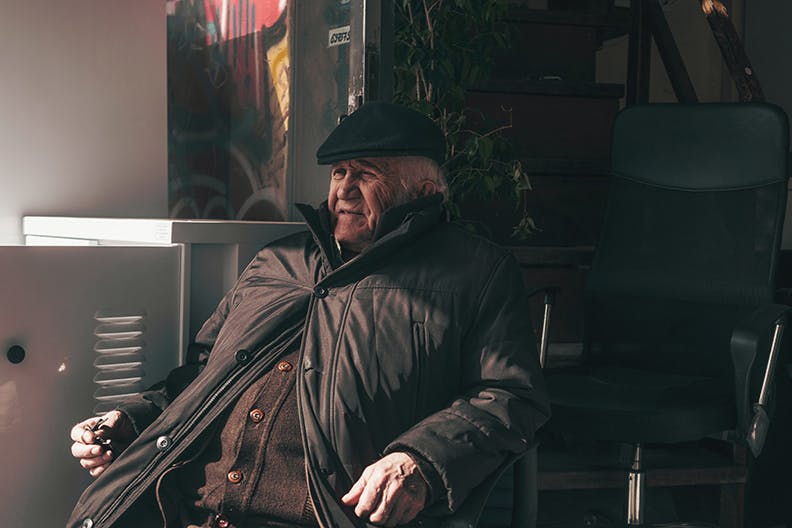
There are additional types of abuse that a caregiver can inflict on an elderly such as financial exploitation and healthcare fraud. To learn more about the signs of abuse towards an elderly person, visit the Nursing Home Abuse Center. The Nursing Home Abuse Center also provides resources to help guide and protect those who may be experiencing abuse in a nursing home or abuse from an at-home caregiver.
If you suspect that your loved one may be experiencing abuse, you should consider installing a granny camera in the room. Abuse should never be tolerated, and those living in nursing homes are at significant risk to experience it. Abuse in nursing homes is terrible, especially since it makes the last years of a person’s life miserable during a time when they should be loved and respected.
Installing a nanny cam to protect your loved one can be one of the best things you can do for them if they are experiencing abuse. If the elder is able to communicate and think clearly, you should first talk with them about the installation. In this conversation, stress the importance of the camera and help them to see why they would want to install the granny cam. Granny cameras are not meant to invade the privacy of the elder, but instead, protect it. Granny cameras can record sound and audio, but if the elder feels uncomfortable with having the sound recorded, it may be wise to only record the visual. If the elder is emotionally abused, not recording the sound will make it harder to catch the abuse. However, making the elder comfortable is your most important goal.
Another way to help protect the elderly is to install a medical alert system. This system comes with a button that the elderly can press in any situation that they consider to be an emergency.
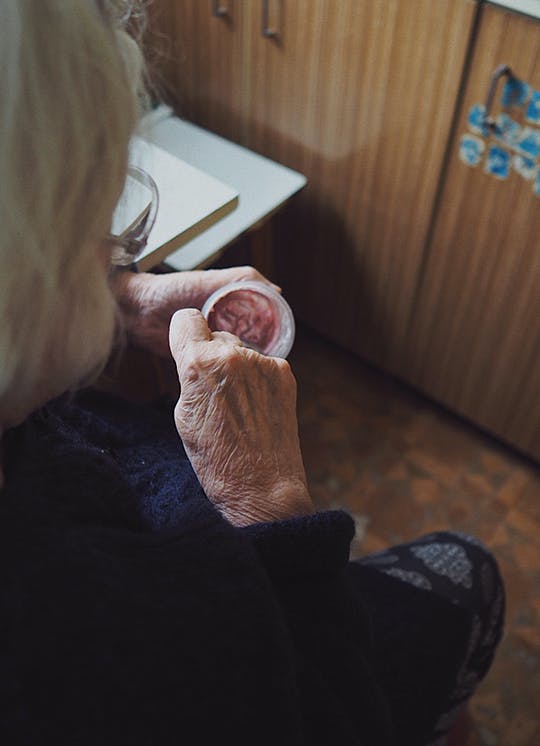
Which States Allow Granny Cams?
Answer: Illinois, Louisiana, New Mexico, Oklahoma, Texas, Washington, Maryland, Utah, and Virginia allow granny cams.
Nine states have legalized the use of granny cams for monitoring elder abuse. In these seven states, the nursing home cannot refuse the placement of the camera. The states that allow the installation of granny cameras include Illinois, Louisiana, New Mexico, Oklahoma, Texas, Washington, Maryland, Utah, and Virginia. More than a dozen additional states are looking into the legalization of nanny cams. There is no national law that forbids their installation. In states that have not yet legalized the installation of the cameras, nursing homes can deny families the option to install the cameras with no repercussions.
To install a camera in a nursing home that approves the installation (in states that do not have laws prohibiting nursing homes from interfering with the installation), families must follow the regulations of the nursing homes. Their regulations are often easy to follow. Each staff member will be made aware of the camera placement. The camera is not allowed to be a hidden camera. If a second resident is sharing a room with the monitored elder, they will be made aware of the camera and must consent to the placement.
In Illinois, lawmakers passed an act called the Authorized Electronic Monitoring in Long-Term Facilities Act. This act made the privacy of each nursing home resident a top priority. To do this, the family wishing to install the camera must notify the facility in writing of the camera placement. Although the permission of the facility is not required, you are required to tell them when and where the camera will be placed. After notifying the facility, you are required to obtain the permission of the resident (or residents) who share the same room. They must consent to electronic monitoring and video surveillance. The nursing home resident sharing a room with the family member must also be aware of where the electronic monitoring device is installed.
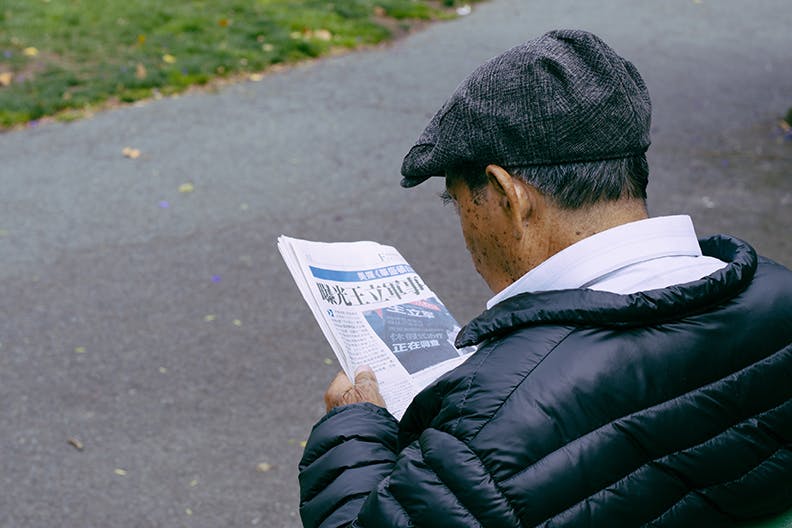
What Resources Are Available for Nursing Home Abuse?
Answer: Resources for nursing home abuse can be found online through a variety of trustworthy sites.
As the reality behind abuse in nursing homes becomes more apparent, victims gain access to resources that can help expose the abuse in their specific nursing home. It’s important to know how to access these resources.
The first resource that victims and the families of victims have access to is sites like the Nursing Home Abuse Center. This site has articles, lawyers, and other resources that victims can use to help their situation. The Nursing Home Abuse Guide is also a welcomed resource for those who are suffering from caregiver abuse.
Victims should also consider using a granny cam in their house for the nursing home room to gather evidence of abuse. This evidence can be used in court to get a settlement for the pain that the abuse has caused to the elder. A granny cam can be any wireless camera that the victim feels comfortable installing. If the abuse is happening in the elder’s home by their in-home caregiver, a home security camera will be the best option. A surveillance camera is meant to be used 24/7 and can help protect the elder from abuse and burglary, since many burglary victims are older adults. These surveillance cameras can be monitored remotely and have long battery lives. For using a granny camera in the home, Cove offers the most benefits. Cove strives to protect families in a variety of ways and believes that all people deserve safety. Using a Cove indoor camera can protect your loved one from abuse and provide the clarity needed.
If a family suspects that abuse is happening, they should contact a lawyer who is capable of handling the case. Abuse lawyers can be found by visiting either of the sites mentioned above (Nursing Home Abuse Center or Nursing Home Abuse Guide).
